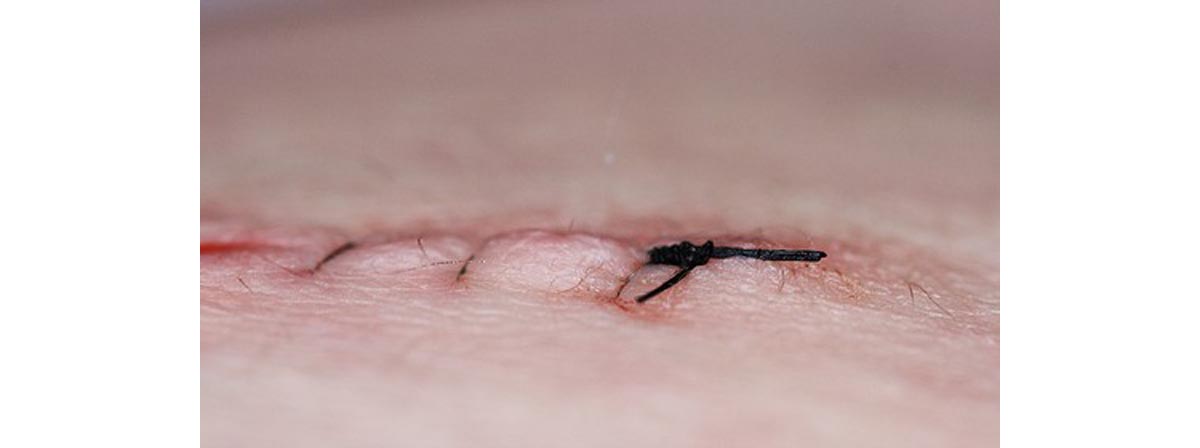Table of Contents
In particularly persistent cases, the doctor will prescribe negative pressure wound therapy, which is also known as NPWT. In this treatment technique, negative pressure siphons off blood, pus, fluids, and microorganisms to keep them from accumulating in the wound.

Typically an NPWT system consists of a vacuum pump, a gauze or foam wound dressing, a drainage tube, and an adhesive sheet that covers the wound. The problem with NPWT is that the vacuum pump requires the use of a bulky cannister that makes moving around difficult.
The negative pressure draws blood, pus, and exudes into an absorbent pad from which the moisture in them evaporates. The pump is used for a week and then thrown away (as medical waste) so there is far less danger of becoming reinfected by using the same equipment over and over again.
PICO is cheaper than other pumps, and because the device is disposable, there is less paperwork required for keeping track of it. Users are not put at risk of infection by prior users of the device, because there are no prior users of the device. The PICO pump is advertised as "dress, press, and go," and may reduce the amount of time users need to stay in the hospital.
Frequently Asked Questions About PICO
Q. How is PICO different from dressing a wound in moist gauze?
A. PICO applies negative pressure over the wound to pull infection out. The layers of moist gauze traditionally used to treat wounds are not necessary with PICO.
Q. What kinds of wounds are especially suited to treatment with PICO?
A. Most wound care experts prefer the device for treating wounds on the abdomen or groin.
Q. How is using PICO different from using NPWT?
A. The PICO pump works silently, without the 24 hour per day hum of NPWT pumps. There is no cannister to lug around, and dressings can be changed less frequently.
Q. Does the PICO always last seven days?
A. When there is heavy drainage, it may be necessary to change the device--throwing it away--sooner than seven days.
Q. Does PICO use any gauze at all?
A. The ACTICOAT pad used to cover the wound is treated with silver to kill bacteria. One of the advantages of the silver coating on the pad is that it can treat methicillin-resistant Staphylococcus aureus (MRSA), which is otherwise very difficult to control. The pad used with PICO is especially porous and can absorb the 300 to 400 ml (a little over 1 to a little over 1-1/2 cups) of fluid many wounds release in a week.
Q. Do I have to pay extra to get PICO?
A. The cost of the wound treatment system is typically covered in the cost of an operation, since it is applied in the operating room. However, be sure to discuss wound care with your doctor before you have surgery.
- Pullen LC. H2O2 Vapor Technology Improves Hospital Infection Control. Available at http://www.medscape.com/viewarticle/777738. Accessed 28 August 2013.
- Tablan OC, Anderson LJ, Besser R, Bridges C, Hajjeh R. Guidelines for preventing health-care--associated pneumonia, 2003: recommendations of CDC and the Healthcare Infection Control Practices Advisory Committee. MMWR Recomm Rep. Mar 26 2004.53:1-36.
- Photo courtesy of U.S. Navy photo by Mass Communication Specialist Seaman Apprentice Karolina A. Martinez by Wikimedia Commons : commons.wikimedia.org/wiki/File:US_Navy_120120-N-JN664-004_Lt._Cmdr._Howard_Pryor,_a_Navy_doctor,_stitches_an_incision_
- Photo courtesy of Quinn Dombrowski by Flickr : www.flickr.com/photos/quinnanya/3429981840/

